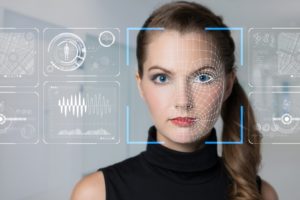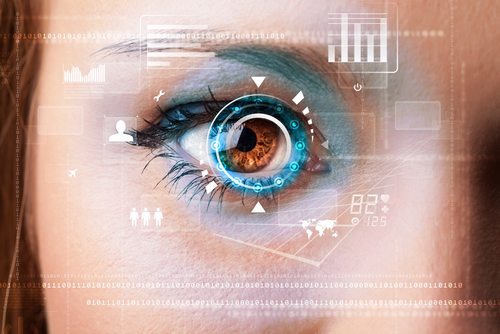
The last five years have seen an explosion of headlines foretelling the rise of autonomous vehicle technology. Case in point: Fortune anticipates that we’ll start seeing self-driving cars on the road in a noticeable way as soon as 2020. The race for autonomous supremacy is on, and ridesharing services want to lead the pack. Lyft, for instance, has already introduced its self-driving car service in Boston, and Uber’s autonomous car fleet has already completed more than 30,000 passenger trips in their test markets.
The idea of driverless ridesharing services may seem exciting from both a business and consumer perspective, but it also raises critical data-security concerns.
The Question of Security
In a world of autonomous cars, hailing a ride may look very different than it does today.
Currently, your driver will likely confirm that you’re the correct passenger, then inquire about your preferred route, your music preferences or even ask if the temperature is comfortable. With autonomous fleets, however, all these tasks will be performed via a connection between your phone and the vehicle.
While it may be a modern-world convenience, these features also create a connection that hackers can exploit. After all, if your phone is connected to an autonomous car, what’s to stop the next rider from gaining access to your private data?
The solution to these concerns may be found in facial recognition.
How Facial Recognition Can Help
Though facial recognition technology is still in its relative infancy, it’s proving to be an extremely reliable authentication tool. In fact, Wired recently hired makeup artists, mask makers and biometric hackers in an attempt to fool Apple’s Face ID. After spending thousands of dollars, they failed to crack Apple’s facial recognition barrier.
Face ID authentication works by projecting 30,000 dots of invisible light onto your face and capturing images from multiple angles to create a map of your features in multiple lighting environments. This creates an authentication tool that can’t be fooled by a simple photo or doppelganger, and it may pave the way for autonomous ridesharing security.
Uber has already incorporated cameras into some of their autonomous cars. At this point, the cameras are intended to monitor passengers’ facial expressions and adjust the car’s driving accordingly. For instance, if a passenger looks panicked or distressed, the car may slow down.
In the future of autonomous ridesharing fleets, these cameras will likely take a similar approach to Apple’s Face ID, using facial recognition sensors to authenticate the connections between autonomous vehicles and their passengers’ mobile devices. As soon as a rider leaves the vehicle, the connection will be terminated to ensure the next passenger can’t access it.
Whether it’s through facial recognition or other future solutions, one thing is certain — the ridesharing fleets of the future will have to prioritize information security just as they do physical safety.
[su_box title=”About Arun Ganesan” style=”noise” box_color=”#336588″][short_info id=’105487′ desc=”true” all=”false”][/su_box]
The opinions expressed in this post belongs to the individual contributors and do not necessarily reflect the views of Information Security Buzz.



